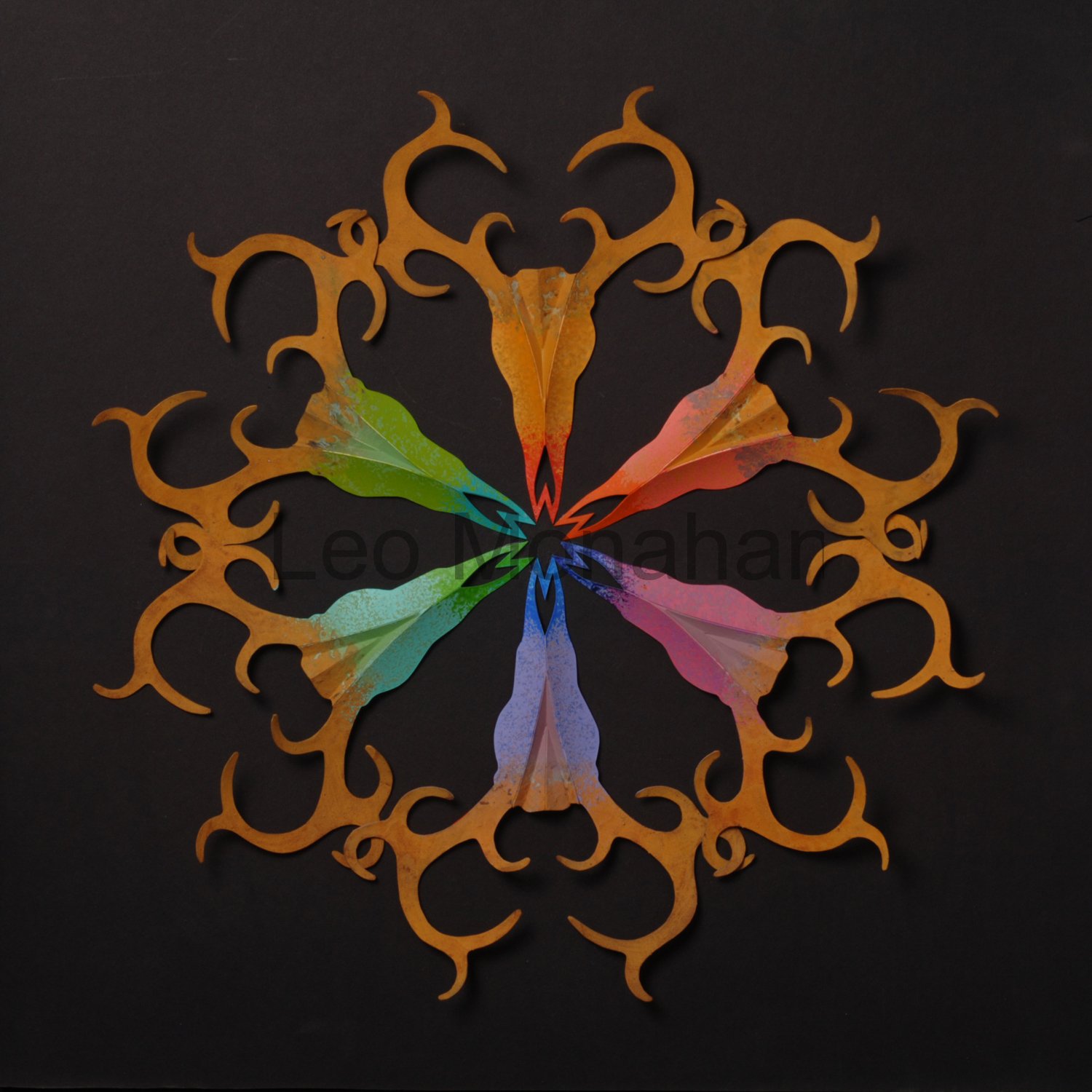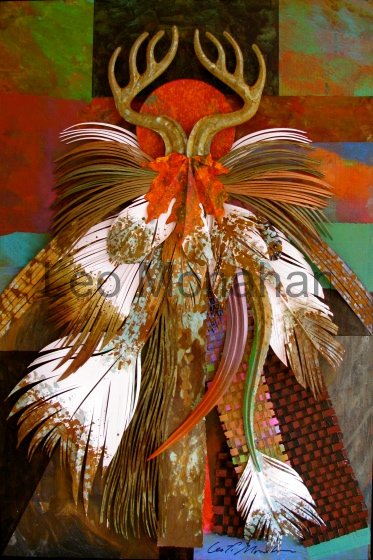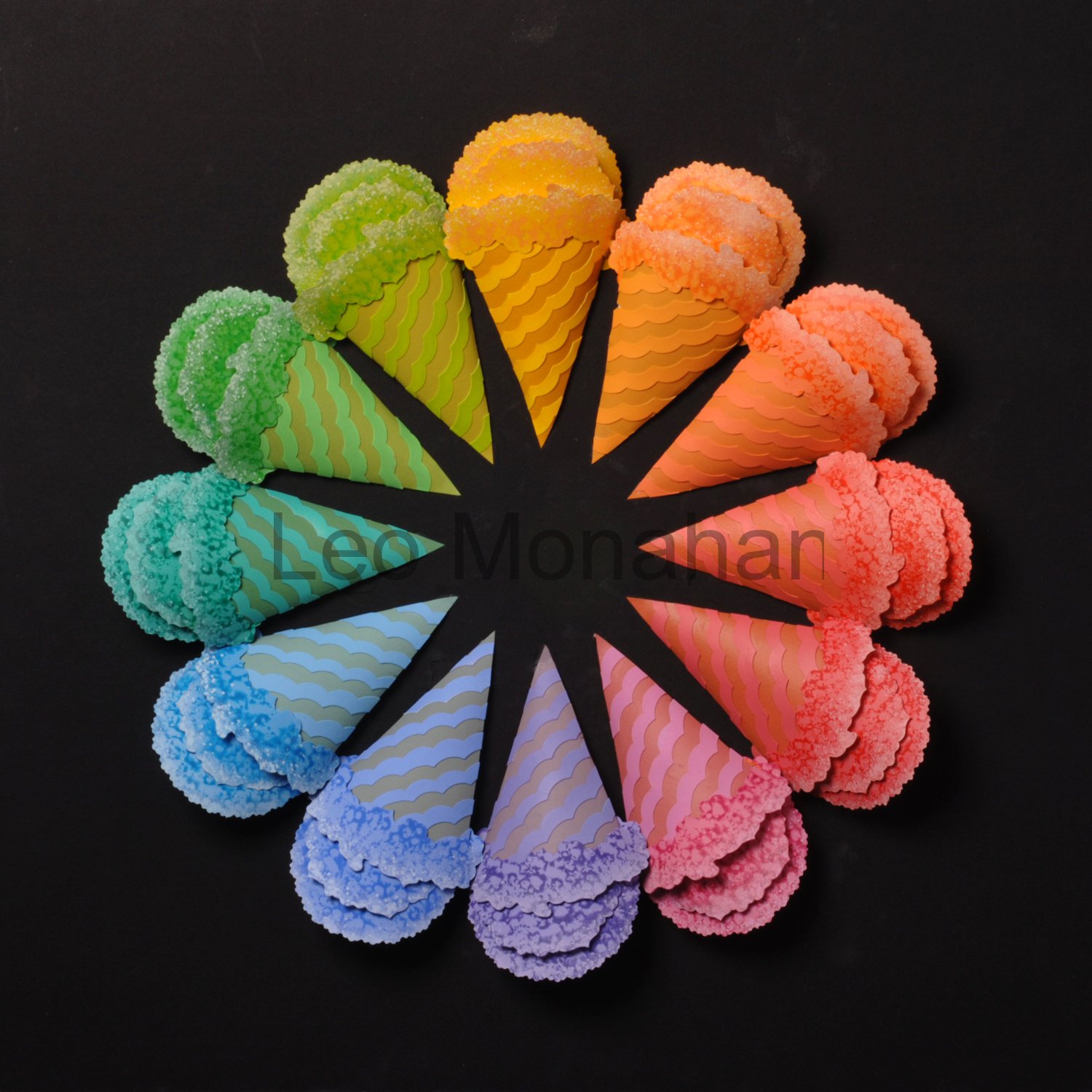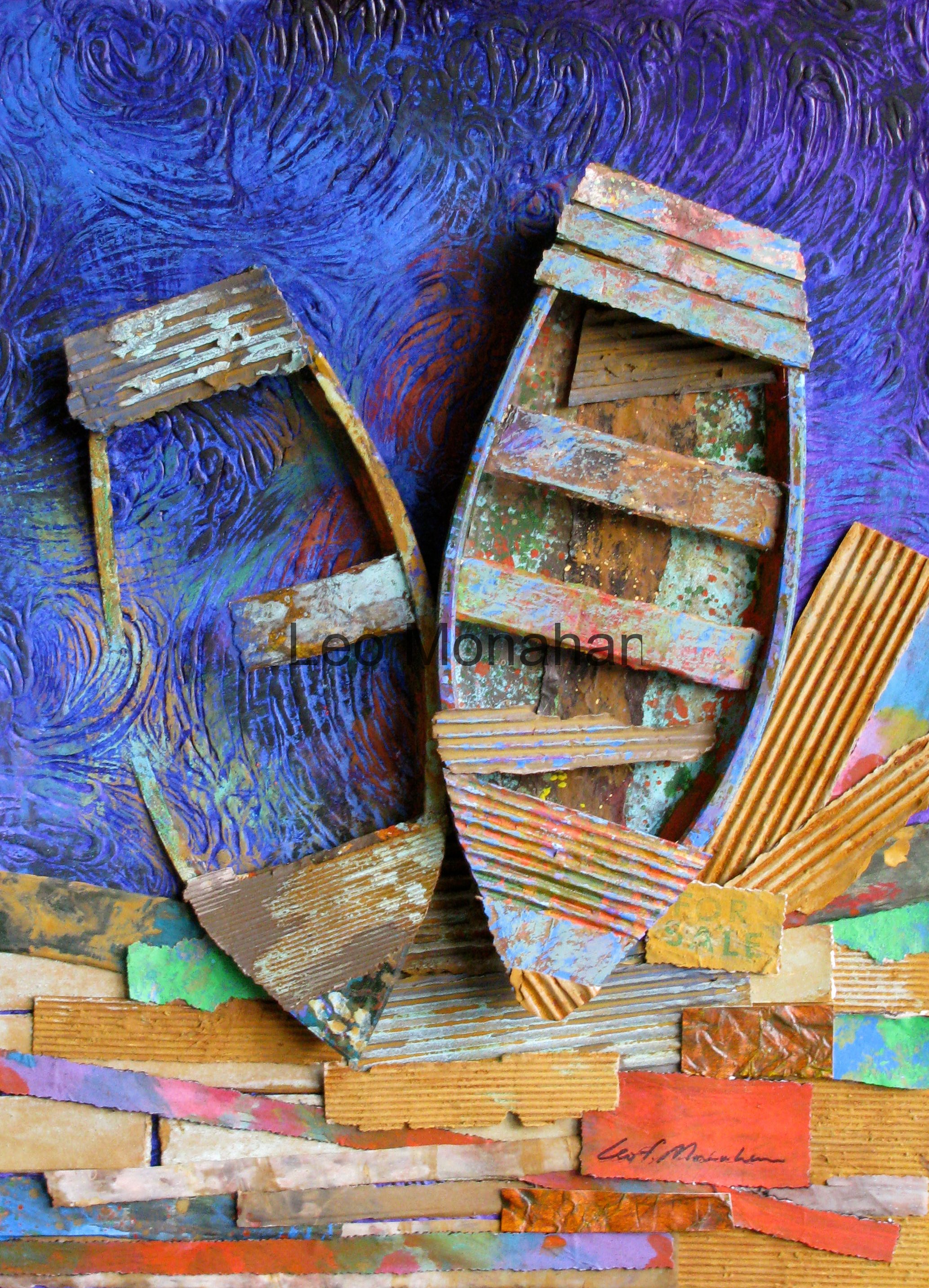Dear Reader,
Opening day of deer season in the Black Hills of South Dakota meant that most of the miners didn’t show up for work and high school was pretty much all female that day. If you weren’t hunting, you were with your dad, hiking over the hills, sitting on hunting stands or working in the camp.
In the 30s and 40s the Depression meant that deer and elk were a main source of protein for most Black Hills families, as it was for ours. In those days you had to actually hunt for deer, elk, ducks and pheasant because they were heavily poached to provide food. Now, animals and birds are in great numbers. The last time I was in Custer, deer were all over the yards eating anything that you didn’t want them to eat: flowers, succulents, vegetables, etc. They called them rats with antlers, plant predators, and venison.
Occasionally, a buffalo was poached. One night my brother-in-law, Chuck, and some friends were driving on the outskirts of Hill City and saw a gigantic buffalo in a field, just off the road. They drove into Custer, got their guns, and went back and filled a fiberglass buffalo advertising sign with bullets. The last words spoken by some young cowboys were “Hold my beer and watch this.” I love those wild people.
Many times I have been asked if I always knew I was an artist. I answer, hell no! Art was not an option. Miners, ranchers, farmers, loggers, post peelers, and logging truck drivers were what I knew as work. I have written haiku poetry for 40 years, and this says it for me:
When I was a kid
Men had jobs that could kill them.
By luck, art chose me.

I cut these deer skulls with antlers not knowing what I was going to do with them.
I commonly cut dozens of different leaves, feathers and other elements for inventory.
I make piles of paper that I’ve soaked first with water, then acrylic colors, rusts, coppers and anything to get the textures I might want to use, then dry them out and store them. When I start a project, I don’t want to cut or paint anything. I pull from a large selection of those things that I’ve put away. I like to work intuitively, and I never do a plan drawing before starting. The Bauhaus and the Chouinard Art Institute system was “intuition with method.”
The skulls are the six primary and secondary colors, slightly tinted with white to contrast with the other hues I used as textures. The colors are applied with a sponge, brush or splatter techniques. The antlers, which turned out unexpectedly like lace, are rusted into a neutral color wheel.
Some elements just seem to fall into a circular arrangement; an antlered skull is a good example. Many of my color wheels have sometimes been easy to design but hard to paint, because I have to focus on the correct hues and avoid the urge to rush through the process. I am slightly manic and produce a lot of work that isn’t right the first time, but is usually right the second time.

Growing up in the Black Hills, I was in an environment of antlers, cow horns, buffalo horns, pine needles, bark, animals, birds, minerals and the detritus of prospectors and miners tools and leavings. There was also the history of the gold rush, the Holy Terror gold mine and the Sioux. The image above has many of those things as the major design elements. Feathers are a cultural symbol of the Indian nations, and I use them in many projects and remember the long time friend of my childhood, Ben Black Elk.

Ben was the son of the mystic and medicine man, Black Elk, subject of the famous book, Black Elk Speaks. In the summer, Ben and his wife lived in a house behind ours while he was representing the Sioux nation at Mount Rushmore. He was a great mentor to me, and the other boys.
The color system in this piece is predominantly warm with cool accents of blue and green in the background structure. The feathers make up a textured mass and are accompanied by a couple of delicate horn shapes and simple paper weaving. These elements thrust upward to the primary dark and light (value) contrast of the rusted antlers against the deep red hue (color) of the sun and the black square behind them. The analysis and use of natural elements, especially the logical structure of plants, is part of the Bauhaus philosophy.
People who collect my work want the pieces named. For me, this work is simple basic design and color choices, put together from all the things that I had drawn with a knife, painted and stored for uses such as this. I struggled to name the piece I call “Shaman Shield,” because it truly doesn’t represent anything tangible, just something that happened over the course of a few days, nothing deeply serious or mystical, only memories of that place and those boys, mostly gone now.
Thanks for visiting. More of the same next time…
leo
“Deer Antlers Color Wheel” is available for $1000 at the Cut, Bend, Fold, ColorColorColor exhibit at the Grovewood Gallery. 20×20”
“Shaman Shield” is available for $4000 at the Cut, Bend, Fold, ColorColorColor exhibit at the Grovewood Gallery. 26×38”


